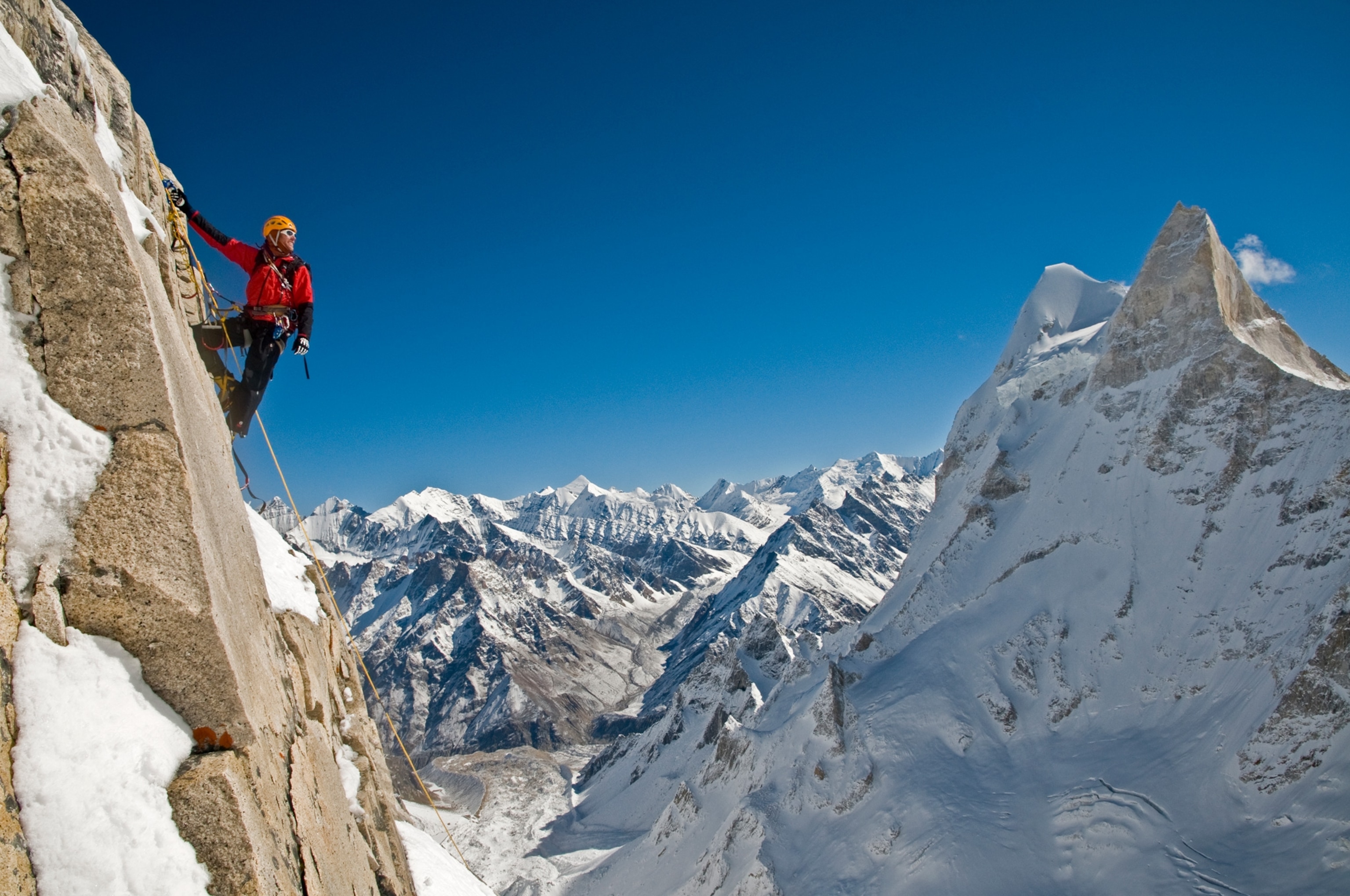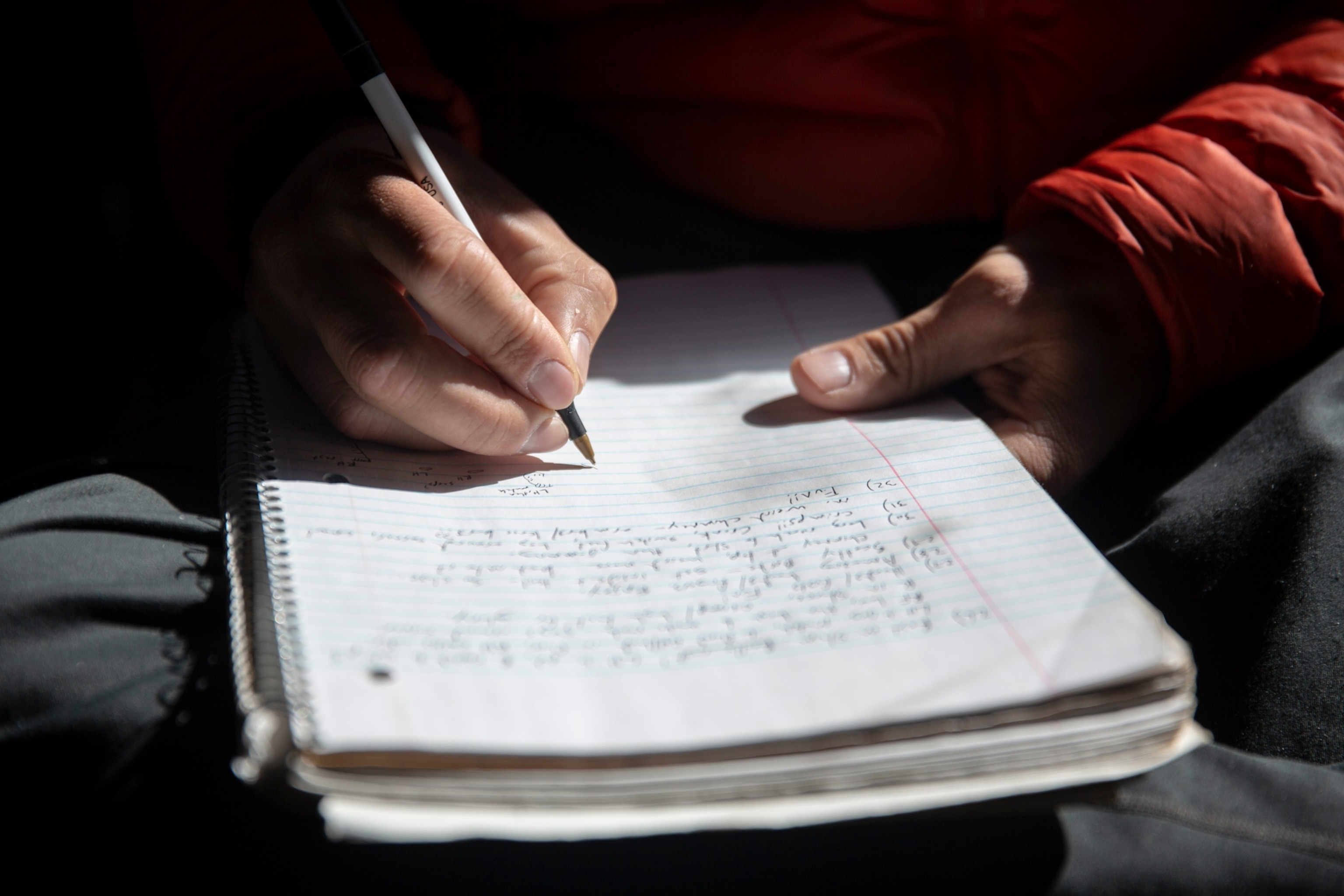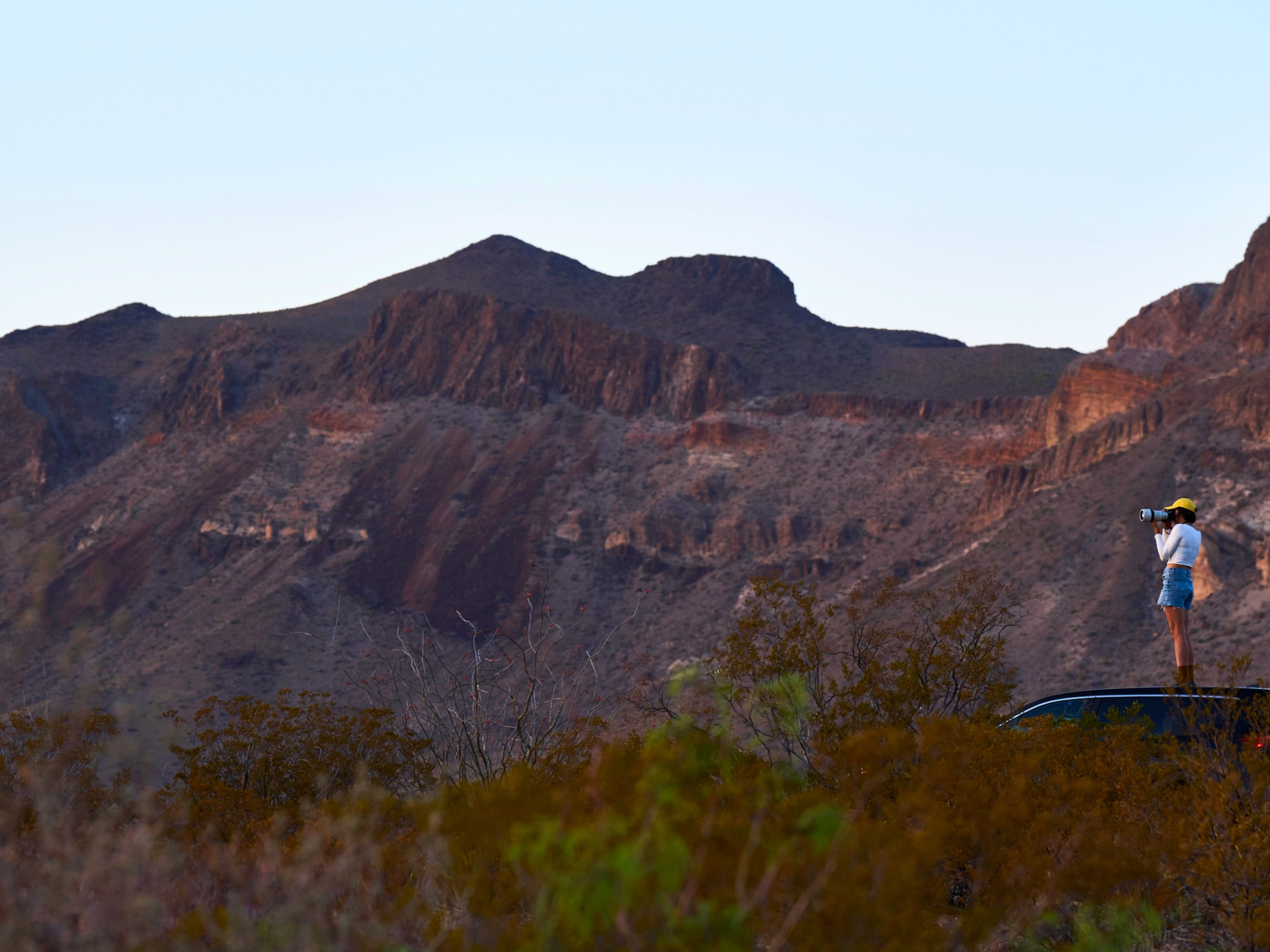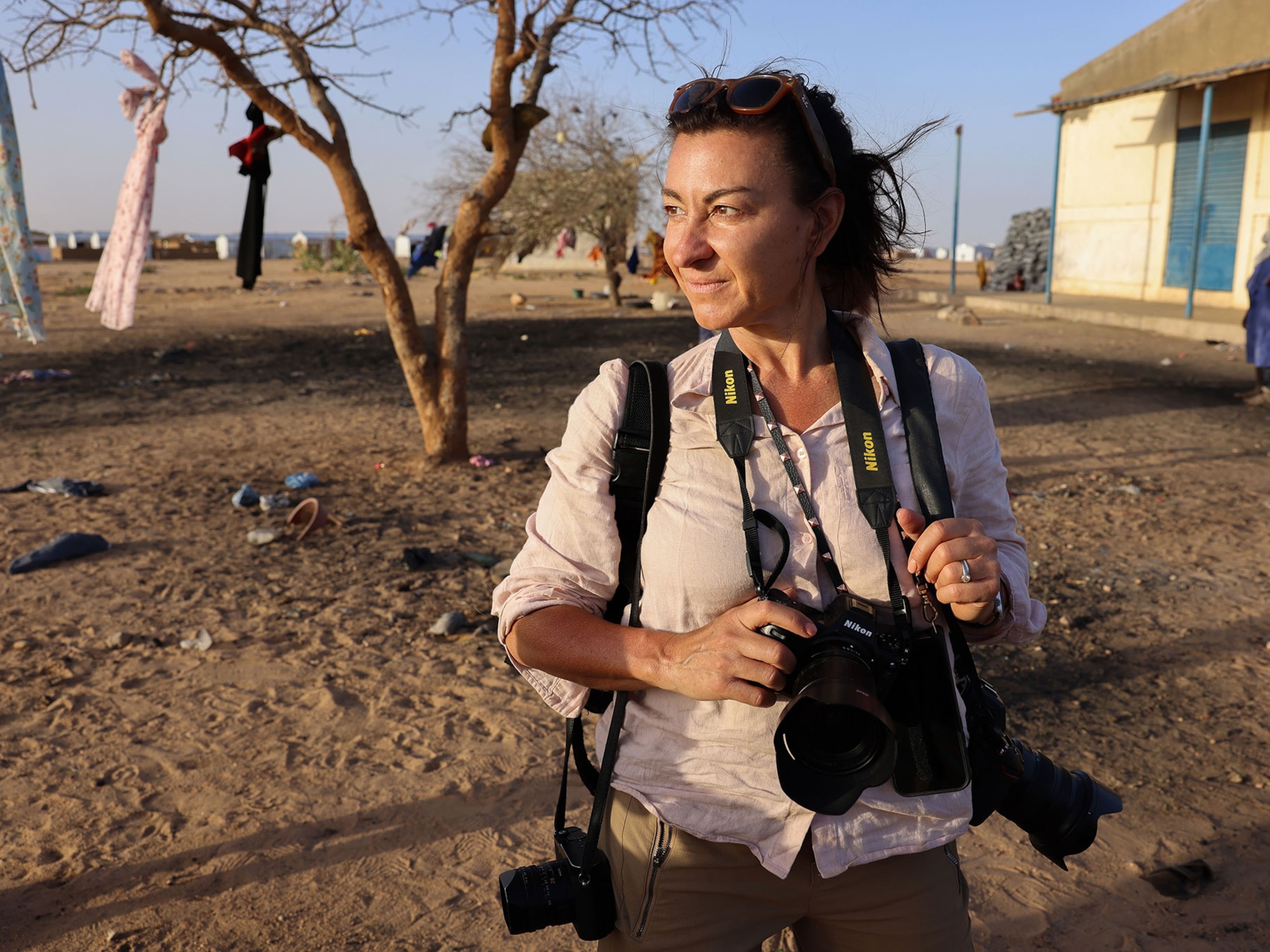
How ‘Free Solo’ filmmaker Jimmy Chin tackles fear—and family travel
The visionary adventurer talks about facing the unknown and staying sane in scary times.
Photographer Jimmy Chin makes a living exploring and capturing some of the world’s most beautiful and hard-to-reach places. He’s taken his cameras and crampons to spots from the face of Yosemite’s El Capitan (for National Geographic’s Academy Award-winning Free Solo) to the Shark’s Fin peak of Mount Meru in the Himalayas (for the documentary Meru).
Chin’s thirst for adventure and epic visuals makes his work both risky and rewarding. We spoke to him about the life and travel lessons he’s learned on roads and peaks, and how his experiences might help readers get through challenging times. We chatted April 1, 2020, as Chin holed up with his wife and young children outside Jackson, Wyoming, during the coronavirus crisis.
As a climber and adventure traveler, you face the unknown often. How do you come to terms with it?
I’ve spent the past 20 years on many expeditions. I guess we choose to face the unknown. There’s something about it that I’m drawn to, that experience of facing the unknown and exploring places that are very remote. But I definitely experience fear, trepidation, and anxiety. It’s just a matter of not letting the unknown overwhelm me, and doing all I can to plan and prepare for things I can control.
What’s facing uncertainty like as you isolate with your family in the Tetons?
We can’t travel right now, so we’re doing what we can do—trying to get outdoors once a day, doing cleaning and lots of house projects. The kids keep cross-country skiing in the yard and building snow forts. Getting the blood pumping has physical and emotional benefits.
Learn how teams rescue stranded explorers in the Himalayas.
How can you get outdoors and stay safe in uncertain times?
I just did a PSA here in Wyoming about staying safe in backcountry. Because even though people will go out into the wilderness, right now, medical and rescue services are really strained. So going into the backcountry requires a lot of preparation and thought. You don’t want to be put in a situation where you are requiring rescue. It’s a time to keep things mellow.

You scale these outsize mountains and shoot footage at the same time, which has to be scary. How do you deal with fear?
Fear is a useful emotion, since it can keep you alive! But when it becomes overwhelming and paralyzing, that’s when it won’t serve you. Know that in a dire situation, the best choice is to remain calm.
How do you help your kids, who are just four and six, stay calm?
They’re pretty fearless—they were riding ski chairlifts at like two and a half. So I’m almost more worried about the other side of that. But I try to give them a lot of different experiences—surfing, swimming, traveling. I think if you give kids a broad exposure, they’re less likely to be fearful. It wires their brains to be open.
Where do you want to travel after the coronavirus threat subsides?
I’ve had a pretty long winter, so I’d probably take the family somewhere warmer where we could go surfing. I love surfing, and it’s such a nice antidote to the cold, rocky mountains where I spent a lot of the season. I’d probably do Mexico or Central America for the south swell.
How has travel changed with kids?
It’s never been that bad. You have the occasional full-on meltdown on the airplane. There’s maintenance—you have to keep them entertained and have treats for them. But they’re pretty good travelers. We’ve had them on location—they spent years living in Yosemite when we were filming Free Solo. They’d climb all over the camera equipment and come to production meetings.
Teach your kids to ski at these low-key Western resorts.

Any tips for budding photographers? How can I get out there and take photos?
Create an assignment for yourself, like something you’ll go back and continue to shoot [again and again]. I always like seeing other National Geographic photographers who, if they’re out on assignments, will shoot extra things like all their hotel rooms or interesting bathrooms. So something fun, whimsical—come up with a theme.
You’ve climbed Kilimanjaro, Meru, so many peaks. What’s left?
There’s always a list of mountains that I dream of climbing. That list seems to be getting longer every year. I still love what I do. I want to continue doing expeditions into the greater ranges of the world. But as a photographer and a filmmaker, I’ll never stop learning from these crafts. There’s infinite potential in what I can do. I look forward to progressing, learning, and making films that are meaningful and impactful.



